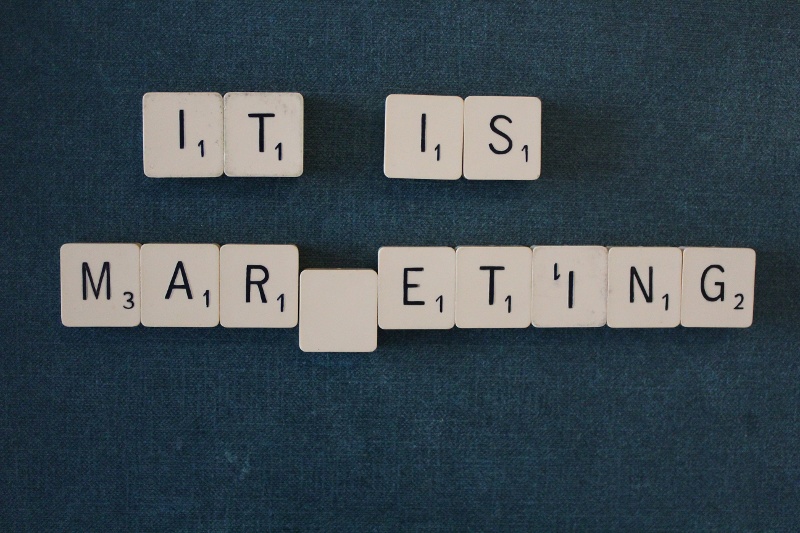As a marketer you have probably heard about marketing automation, but what does it mean and how is it best used in your marketing strategy?
Let’s rip the bandaid off and get straight to it: Marketing automation is the software that can help you automate marketing efforts. In the year of 2017, you no longer need to manually send out newsletters or remember to send an email out to everyone who downloaded your ebook.
This is marketing automation: All processes and actions that can be automated so you as a marketer can save time and resources.
Why use marketing automation?
All companies share one thing: They need to market themselves to attract the attention of prospects and close the sale. As a company grow, it can struggle to keep up with all the emails it receives, requests for ebooks, followup messages, newsletters to blog subscribers. At this point, there are two main solutions: Hire more marketers or make use of modern technology.
HubSpot defines marketing automation as software or tactics that make it possible for companies to nurture prospects with personalised and useful content, which in turn improves the conversion rate from lead to customer – and from customer to ambassador.
The software is here to help you as a marketer prioritise and execute marketing activities efficiently. But how could you use it to lighten your workload?

How to use marketing automation
Many might assume that email no longer is an important marketing channel, but three-quarters of companies agree that email offers "excellent" to "good" ROI and email use worldwide will top 3 billion users by 2020.
Although email might be bringing you attention, there is no denying it takes time. With marketing automation, you can shorten the time spent considerably by setting up email workflows.
A basic workflow can look something like this:
- You send an email inviting the recipient to download an ebook that is relevant for this segmented list based on what they have shown interest in previously.
- You send an email thanking all those who downloaded the ebook.
- A couple of days later you send a follow-up email to the list of people that downloaded the ebook and offer them a case study about the same topic.
- When someone downloads the case study, a salesperson is notified so they can follow up with this prospect as they seem ready to buy fairly soon.
Using marketing automation, you can simply organise a workflow so that all these emails are distributed automatically based on actions and times the prospect perform the relevant actions. You are finally able to provide prospects, clients and your team the information they need when they need it.
This allows emails to be more personal and relevant for the recipients, which creates trust – and the more trust your prospects have in your company, the more likely it is that they will buy from you.

The Do’s & don’ts when using marketing automation
Now that you have a deeper understanding for what marketing automation is, the next step is to see how you can use it yourself to achieve the results you want.
Do: Integrate marketing automation with your inbound marketing strategy
Marketing automation and inbound marketing is like butter on warm toast. Use marketing automation to improve communication with your prospects and customers by offering exactly the content they need at the time they need it.
Don’t: Send standardised messages
Marketing automation makes it easy to segment lists enabling you to send unique content to different people. So stop sending the same message to your entire contact list. These types of email often get deleted straight away by the recipient, or even categorised as spam.
Do: Create campaigns to engage your existing clients – and make them come back for more
A big part of inbound marketing is all about taking care of your existing clients, even after that contract is signed. We’re not going to lie. It is by far easier to sell to existing clients that know you, trust you and have used your product or services over time, than acquiring new leads and clients. Existing, happy clients are also more likely to recommend you to others.
This is why you should use marketing automation to distribute segmented content to clients to provide them with more value and engage them to maybe buy more.
Don’t: Never simply automate existing processes without considering your goals thoroughly
Although you might be seduced by marketing automation, you have to remember to assess what strategies will be useful in terms of nurturing your prospects and clients. Don’t slip back into bad habits and stop considering the client's need.
Do: Send specific content to a specific audience
Offer content that people are actually looking for. If someone has downloaded a report about inbound marketing that does not mean they are also interested in SEO. Always send follow-up emails with content that is highly relevant to what they just acquired to stay helpful and relevant.
Real Growth. Real Impact.
HubSpot for startups: Leveraging the platform and unlocking growth w. Ragini Campion
Making AI adoption not a big deal with Mike Kaput from The AI Show
HubSpot's Spring Spotlight 2025 was not what we expected
The Power of Community in Marketing
The Return of Human Marketing in an Automated Age | Avidly Talks
How to make change projects a success - Change management tactics
How to prompt AI for great creative ideas
See why enterprises choose Avidly
Let’s build your HubSpot success story
Compelling final call to action - with accompanying link to Contact page








